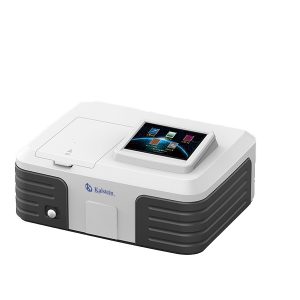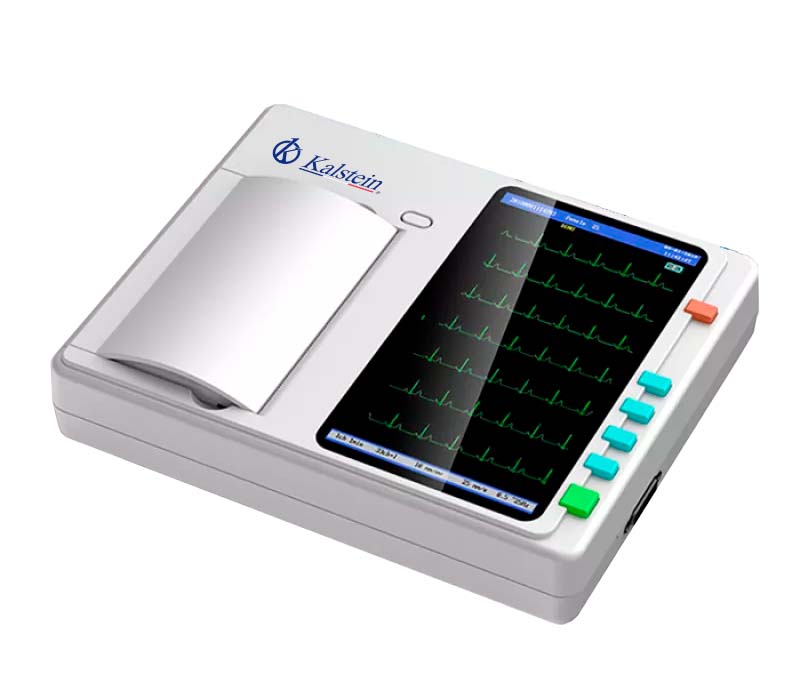A spectrophotometer is a piece of equipment that measures how much light a substance absorbs. Its efficiency, resolution, sensitivity and spectral range will depend on the design variables and the selection of the optical components that comprise it. Spectrophotometry is the quantitative measurement of the transmission properties of a material based on the light wave.
It is used to measure certain compounds in a drug to make sure it is effective and safe for consumers. You can measure bacterial growth or diagnose a patient based on their urine. It is also used in DNA, RNA, and protein analysis.
Parts of a spectrophotometer
- Light source: It illuminates the sample. It must meet the conditions of stability, directionality, continuous spectral energy distribution, and long life. The sources used are tungsten lamp and xenon arc lamp.
- Monochromator: It is a device that allows obtaining monochromatic light, and is made up of the entrance and exit slits, collimators and the dispersion element. It isolates the radiation of the desired wavelength that is incident or reflected from the assembly.
- Photodetectors: In modern instruments there is a series of 16 photodetectors to simultaneously perceive the signal in 16 wavelengths, covering the visible spectrum.
Usefulness of spectrophotometers
The spectrophotometer has the ability to project a beam of monochromatic light (of a particular wavelength) through a sample and measure the amount of light that is absorbed by that sample. This allows the analyst to perform two functions:
It gives us information about the nature of the substance in the sample. This is because each substance has a particular three-dimensional arrangement of atoms that makes each substance have unique characteristics.
It tells us how much of the substance we are interested in is present in the sample. The concentration is proportional to the absorbance, according to the Beer-Lambert Law: the more molecules present in the sample, the greater the amount of energy absorbed by their electrons. The spectrophotometer measures the absorbance of a sample in the ultraviolet and visible light spectra (200 to 850 nm).
Types of spectrophotometers
There are different types of spectrophotometers, the most outstanding characteristics are mentioned and detailed below:
- Single beam spectrophotometer: Light is transported from the sample to the detector, so a reference is needed to perform the analysis.
- The split beam spectrophotometer: The light is divided into two paths, the one that passes through the monochromator towards the sample and then to the detector, and the one that passes towards the detector that is used to correct for variations in the light emitted by the lamp.
- Double beam spectrophotometer: Light through two paths into the compartments, each having its own detector. One goes to the sample and the other to the reference.
- Atomic absorption spectrophotometer: This type of spectrophotometer works by taking into account the wavelengths of the electromagnetic radiation spectrum. These are based on the fact that the molecules that absorb the frequencies are part of the characteristics of its structure.
- Visible UV Spectrophotometer: The objective is to measure the light that passes through the sample, to then compare it with its intensity before it passes through any solution or sample.
At Kalstein we are MANUFACTURERS and we offer you the most innovative spectrophotometers, at the best PRICES on the market. That is why we invite you to take a look HERE




